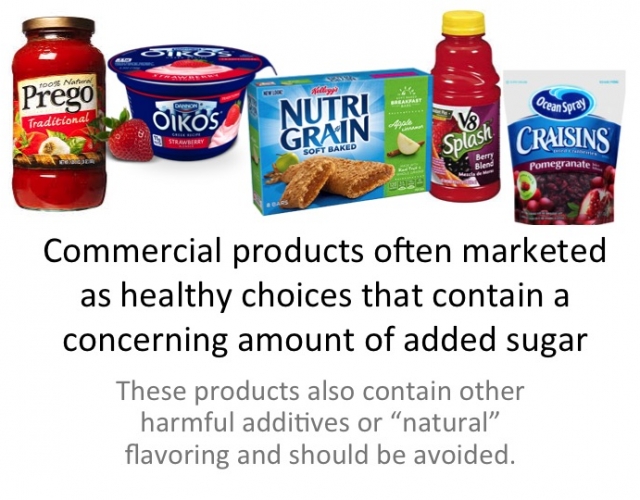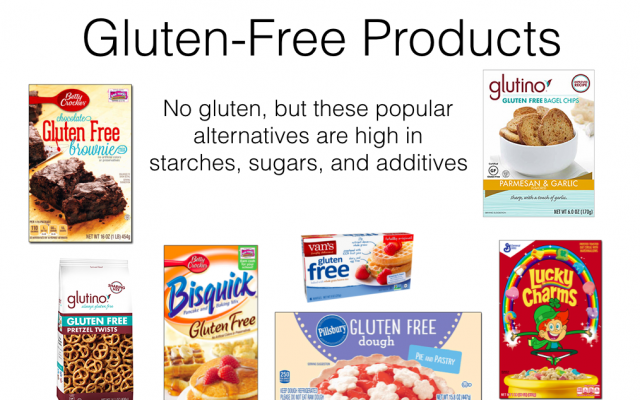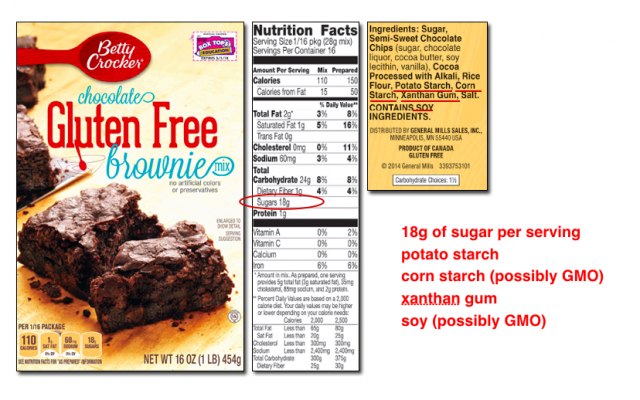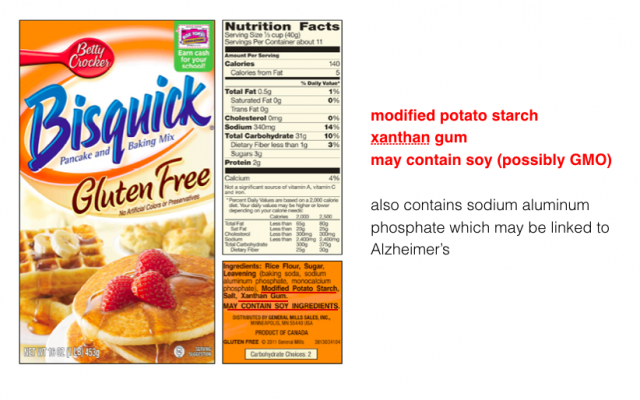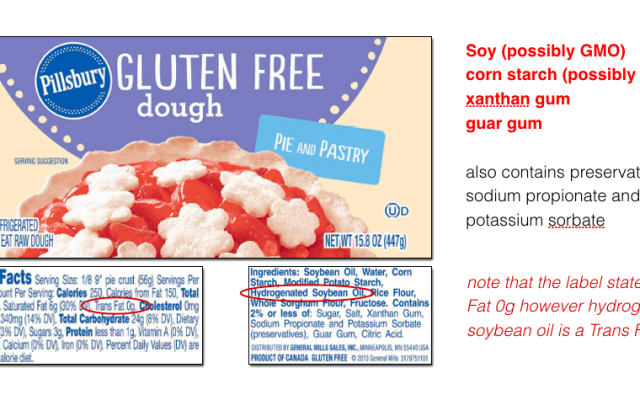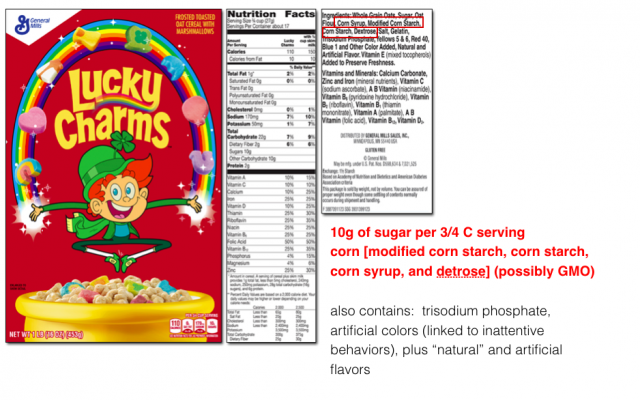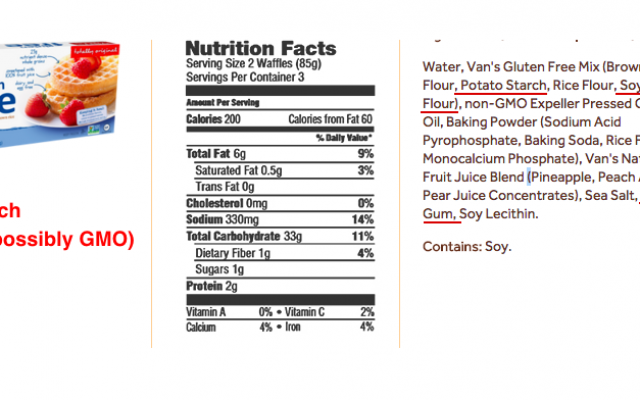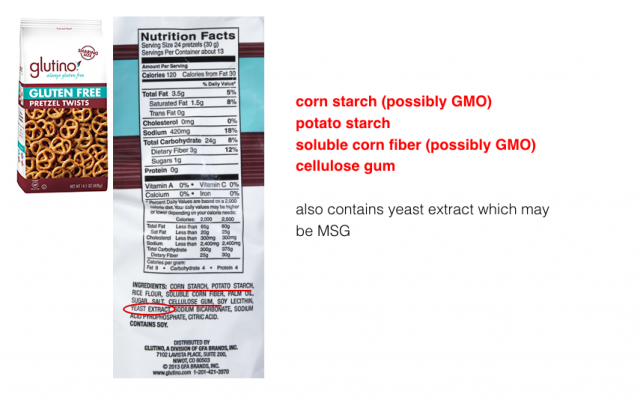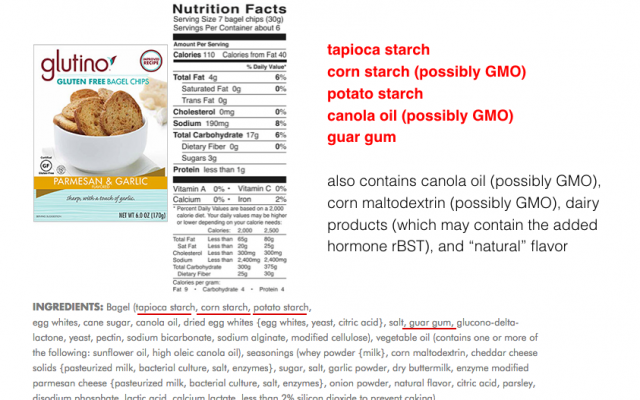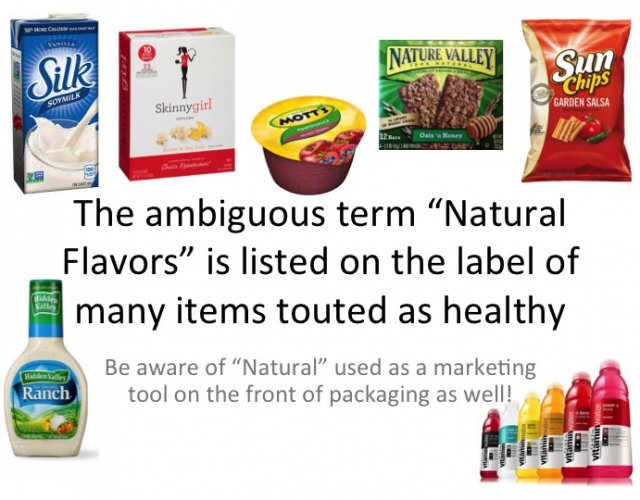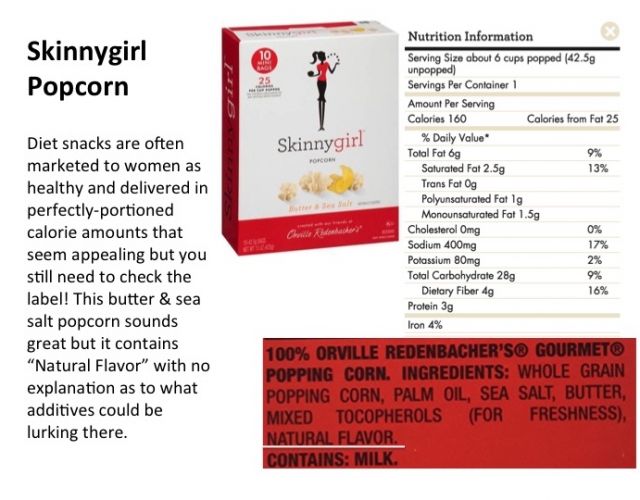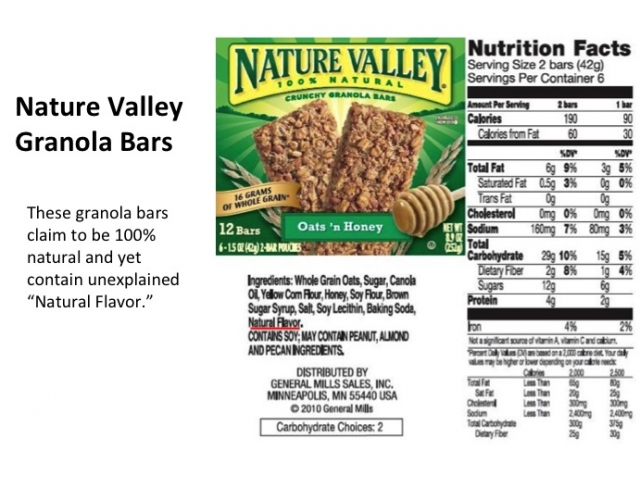It's Girl Scout cookie time. Everywhere you turn, at the grocery store, at the mall, outside shopping centers, are young girls dressed in their uniforms, selling cookies. And if you live in suburbia, they're knocking at the door, earnest little faces selling what is arguably one of America's favorite cookies. However people are more aware of what's really in those cookies and it seems like everywhere you turn people are complaining about the trans-fats, the GMOs, plus all the other negative ingredients. The Food Babe even wrote an article dissecting the cookies and their ingredients. *
I was talking about this with someone recently and she mentioned that she no longer buys Girl Scout Cookies because as much as she loves them she doesn't want to eat all of the negative ingredients. Then she followed up with, "Thank goodness popcorn is safe. Because I love my Boy Scout Scout popcorn, we always buy enough to last the whole year." Ummm, excuse me? Well that's a big whoops. Everyone is so focused on the Girl Scouts and their cookie sales that no one is really paying attention to Boy Scout Popcorn. Unfortunately it's not as great as you might think. Let's take a moment and look at the label of just two of the different flavors.
What's in the Popcorn?


Important Points
More than just what's in the infographic is the story behind a few of the ingredients:
- The dairy products are most likely to be from conventionally raised cows. These animals are given antibiotics, a lot of antibiotics. In fact some estimates are that more than 70% of all antibiotics prescribed in this country are given to animals, not to directly to humans. Studies have shown that overuse of antibiotics does contribute to antibiotic resistant bacteria. You can read more about it here, here and here.
- Citric Acid sounds safe enough, most of us think of it as being sourced from citrus fruits. Unfortunately in the world of food production that would be too time consuming and too expensive. This citric acid is most likely to be made from fermenting mold with genetically modified corn. Virtually all of the citric acid in the U.S. is manufactured this way.
- By now many of you are aware of the fact that trans-fats have been banned. However manufacturers have until 2018 to remove them completely from their products and they can apply to the FDA for a permit allowing them to continue to use it.
In August when the Boy Scouts start knocking on your door you may want to reconsider buying that popcorn. By all means, continue to support your local troop; but consider making a donation directly to them rather than buying the popcorn.
And if you want popcorn? My suggestion is to make it at home. Here's my favorite recipe:

Delicious Noosh Popcorn
Ingredients
- organic popcorn
- 2-3 tablespoons organic cold pressed coconut oil
- 2-3 tablespoons nutritional yeast
- 1-2 tablespoons dulse flakes
- 1 tablespoon Himalayan sea salt
Instructions
- Pop popcorn in hot air popper according to directions
- While popcorn is popping melt coconut oil
- In a separate bowl mix together nutritional yeast, dulse, and salt
- When popcorn is done drizzle coconut oil over popcorn
- Sprinkle dry mix over popcorn and oil
- Mix well to combineEnjoy!
* Full disclosure: I used to be a Girl Scout, a Girl Scout Leader, and I raised three Girl Scouts. There was a lot of cookie love going on in our house for years. But all of that was before I became more conscious about ingredients. At this point when Girls Scouts I know ask for the sale, my response is to simply make a donation to the troop.














 personal frustration with this product is how it is labeled. The ingredients are extremely small red/orange print on a brown background. This makes it very difficult to read, a choice that I have to believe is deliberate on the part of the manufacturer. I find it deceptive when manufacturers label with this type of print or grey print on a dark background. Anytime the label is not clear and easy to read I have to wonder what they are hiding.
personal frustration with this product is how it is labeled. The ingredients are extremely small red/orange print on a brown background. This makes it very difficult to read, a choice that I have to believe is deliberate on the part of the manufacturer. I find it deceptive when manufacturers label with this type of print or grey print on a dark background. Anytime the label is not clear and easy to read I have to wonder what they are hiding.





